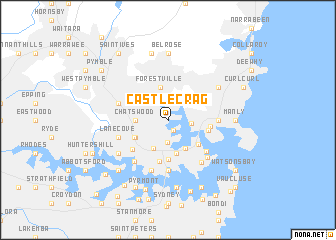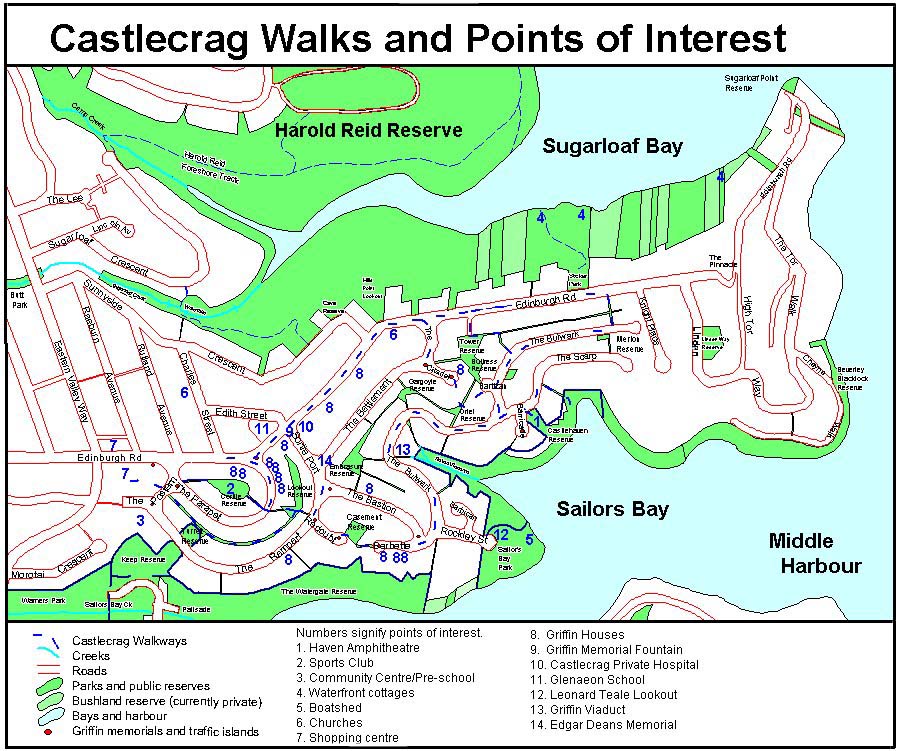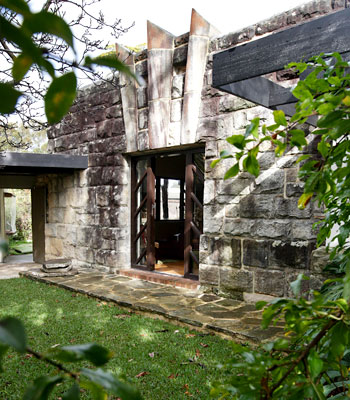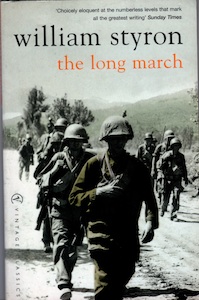The Best and Brightest Showcase of IVth Honours Research in the Department of Government and International Relations will be on 22 May from 6 p.m. at Parliament House on Macquarie Street in the theatrette.
Month: March 2013
A Self-guided tour of Castlecrag

One of the items on my list of things to do for many years has been to visit Castlecrag, residential area of Sydney in the leafy North Shore (a term that means a lot here and nothing anywhere else). What is the allure of Castlecrag? The original subdivision was planned and some of the houses designed built by Walter Burley Griffin and Marion Mahony. After they completed with their commission in designing and starting the lay out of Canberra, they spent time in both Melbourne and Sydney to practice their profession: architecture.
In Sydney they were commissioned to develop Castlecrag. The local historical association provides a map for the Griffith-Mahony work;

http://www.castlecrag.org.au/history/history.htm
I could not find a copy of Wanda Spathopoulos, The Crag – Castlecrag 1924-1936. Blackheath: Schlesigner, 2007.
William Morris in his novel News from Nowhere (1890) called for a reintegration of man with nature as the Industrial Revolution hummed along. For this work he has been accorded a place in the pantheon of Utopian thinkers. I have included it on syllabi more than once. Morris had some faint influence on Frank Lloyd Wright, if anyone can be said to have influenced that man of granite, and Wright was the mentor of Griffin and Mahony. The line of influence most probably ran through the Garden City movement of Ebenezer Howard, see his Garden Cities of Tomorrow.
News from Nowhere was serialized first and over time Morris re-worked before it finally appeared as a book. It was in good part a reaction to the mechanistic and materialistic image of the future offered by Edward Bellamy in Looking Backward (1887). Howard was aware of Morris’s book and published his own first edition shortly after News from Nowhere.
Moreover, the idea of a planned city build on a greenfield is a motif in utopian thinking about the New Jerusalem with a clean start, i.e., Canberra in this case.
So we decided to do it one rainy Friday. The rain was persistent but light and we have long since decided not to let the elements dictate to us in any but the more exceptional cases.
We saw an image of Griffin but not Mahony

We saw a number of unmistakeable houses integrated into the escarpment. Often overlooked by McMansions of more recent vintage.

Footnote on William Morris. I tried to read a biography of him but gave up reading the record of his endless petulant tantrums — precious, indeed! For a Green avant le mot he did good business. His designs founded the Morris Company which operated from 1875-1940 as Morris & Co. See http://en.wikipedia.org/wiki/Morris_%26_Co.
One of the most loyal customers of Morris & Co. was the Carrick Family of South Australia. With the result that the South Australia Art Gallery and Museum have many items form Morris & Co., including some clothing. In addition, Carrick Hill offers many more Morris & Co. items in situ. See http://en.wikipedia.org/wiki/Carrick_Hill
When in Adelaide it is well worth a visit.
The Necktie and the Human Condition: My Story
Class, today’s topic is: The world is divided into two kinds of people: those who wear neckties and those who comment on those who wear neckties. Discuss.
(Once I thought that the world divided into (1) those who divided the world into two kinds of people and (2) those who thought it was more complicated than that. I have since changed my mind. Keep reading to find out why.)
Pursuing the vita scholastica these years toiling in classrooms to persuade students to do the assignments, placating the lords of research grants, and dealing with that alien species which edits academic journals, I wear a necktie to the office most days. Well every weekday and some weekend days at the office, too…….
To read more, cut-and-paste this address into a browser address bar.
http://www.themontrealreview.com/2009/The-Necktie-and-the-Human-Condition.php
Once again the tools for hyperlinking, bolding, and so on are not available.
The Long March (1952) by William Styron
William Styron, The Long March (1952). Recommended for adults.
Styron (1925-2006) is an acclaimed writer whose work I have largely missed. I read his Lie Down in Darkness (1951) as student and probably missed most of it though I can have been only a few years younger than he was when he published it at the age of 24. His two most famous novels are Sophie’s Choice (1979) and The Confessions of Nat Turner (1967).
I recently read The Long March. In one word: Powerful. To say, accurately, that it is an account of an U. S. Army Reserve training exercise says everything and nothing. It is about an exercise that tests the men involved against each other in a contest of wills, while simultaneously testing them each individually in a battle within himself to keep going on the long march.

It is training and those who drop out get a ride back to base. There is no enemy trying to kill them. Yet it is arduous and soul-destroying to keep moving.
The prose is windowpane clear. The author does not intrude into the action with poetic flourishes or clever comparisons. The story is left to speak for itself. That is indeed bold.
It compares to the hypnotic passages describing physical effort in Norman Mailer’s The Naked and the Dead (1948), though the accolade must go to Mailer’s book.
The tools for hyper linking, underlining, and bolding remain off line. Oh, hum.
